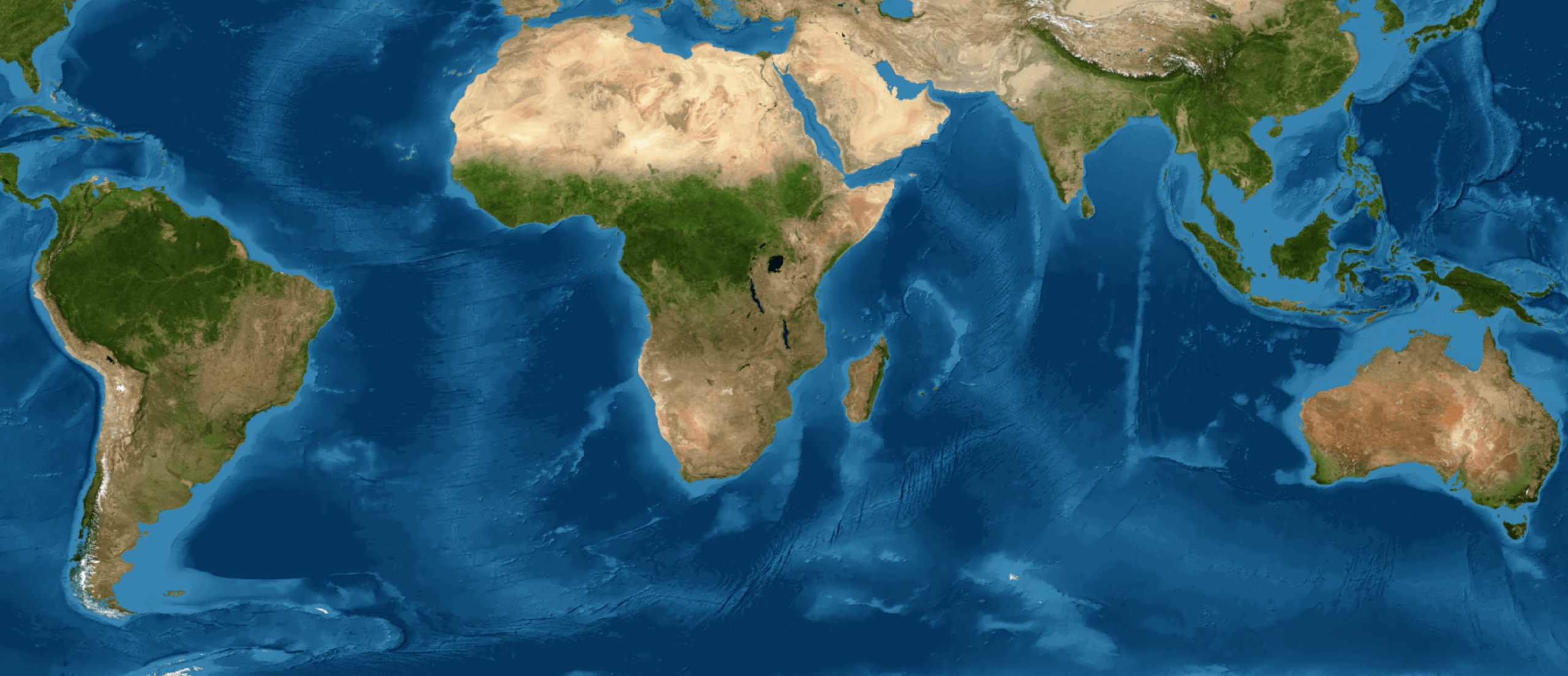ACCURACY ANALYSIS OF MAPBIOMAS URUGUAY LAND COVER AND USE MAPPING
Accuracy analysis is the primary way to assess the quality of maps produced by MapBiomas. As well as reporting the overall accuracy rate, it reveals estimates of the accuracy and error rates for each assigned class.
The MapBiomas Uruguay accuracy analysis is conducted within the MapBiomas Pampa framework, a tri-national regional initiative that describes land use and land cover in the Rio de la Plata grassland biome (covering all of Uruguay, southern Brazil and central-western Argentina). The latest accuracy analysis corresponds to MapBiomas Pampa Collection 4 and MapBiomas Uruguay Collection 2. Analysis of the most recent collections (MapBiomas Pampa Collection 5 and MapBiomas Uruguay Collection 3) is underway and will be published shortly.
Validation was performed for the classifications of the years 1986, 1991, 1996, 2001, 2006, 2012, 2018 and 2022 following the good practices recommendations proposed by Olofsson et al. (2014) for area and error estimation. A total of 2,330 samples were defined as necessary for the analysis. The number of samples for each class was proportional to the area of each class obtained from Collection 1 for the year 2010. Independent samples were raffled and class classified by visual interpretation of Landsat images, very high-resolution images from Google Earth and time series of vegetation indices. Two interpreters evaluated each of the sample points generated from the stratified random design. In those sample points where discordance in class classification was detected among interpreters, a third interpreter defined the final class assignment. When a final class could not be defined by the three interpreters (e.g. three different class assignments), a final class was agreed by a team of interpreters. More details of the validation methodology are described in Baeza et al. (2022).
The results of the accuracy analysis for the different years analyzed in collection 4, as well as their comparison with previous collections, can be seen in the following report.

